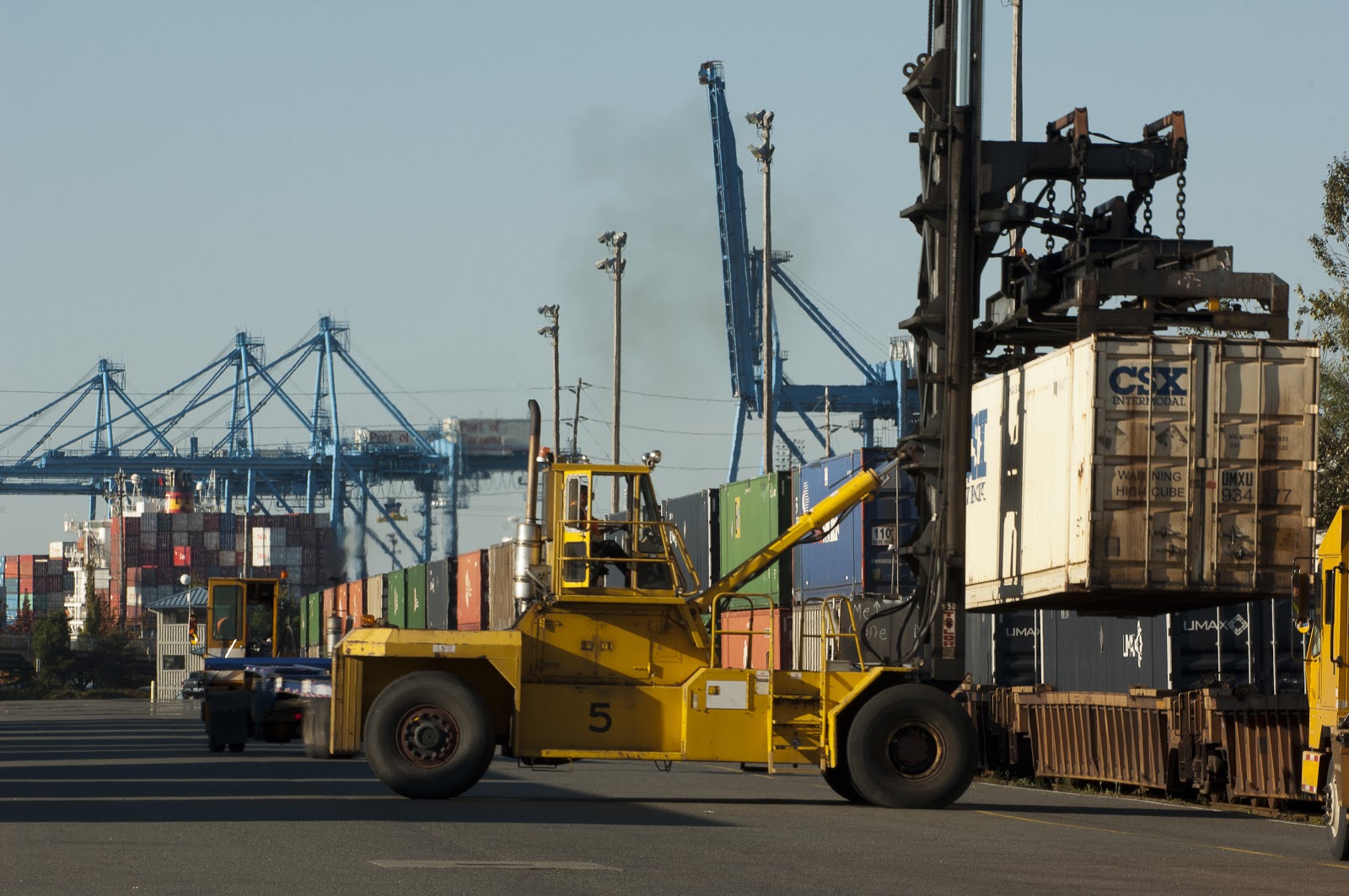
Tideworks eyeing intermodal velocity
Novemeber 2021
Seattle-based Tideworks Technology is working with customers operating intermodal terminals to improve the velocity of containers through their facilities.
Most of the coverage of the congestion in the container supply chain in the US over the past six months has been focused on marine terminals, but intermodal facilities have also faced significant congestion problems. As well as issues with chassis and other equipment, some intermodal terminals have struggled to manage the sudden need to ‘ground’ containers while providing access to import containers.
Mark Bromley, vice president of intermodal at Tideworks, said intermodal rail terminals were originally designed around wheeled operations. The length of trains in the US is such that terminals have typically had plenty of space, but recently, an increasing number are using handling equipment to ground and stack containers. If terminals are not properly prepared, this can quickly create problems with ‘buried’ containers that take longer to process, and ultimately slows productivity and limits capacity.
Tideworks has a lot of experience with grounded operations from implementing its IPRO rail terminal TOS across the CSX Intermodal network, as well as for other customers in the US and Europe. It is now working with Canadian National (CN) on its ‘Smart Terminal’ initiative, which includes leveraging telematics and software to improve inventory accuracy and yard planning at its intermodal terminals.
Bromley said Tideworks is still in the early stages of its work with CN, but there are several issues to consider when it comes to improving density and velocity at intermodal facilities. One of the first is visibility into what is coming, which is achieved by implementing EDI and establishing integration with other systems.
In the yard itself, the need to handle domestic 53ft containers and 20ft/40ft ISO containers has to be considered. A 53ft container does not fit neatly into a yard laid out in 20ft and 40ft slots, which affects yard planning software and cranes’ position detection systems. How the yard is configured needs to be addressed on a terminal-by-terminal basis, looking at their container mix, said Bromley.
Terminals also need to consider how,they will manage the flow of road trucks. It is common for intermodal terminals to publish when a container is available for pick-up, “but that doesn’t necessarily mean it is the first one for easy delivery”, said Bromley. Over the past few months, there have been reports that truckers have come to collect ‘available’ containers at intermodal terminals in Chicago, only to find they are actually in a stack, and no equipment is available in the vicinity to deliver the box.
The situation has highlighted the need for terminals to better manage access and workflow in different areas of large intermodal facilities. There is a pressing need for more planning and optimisation, but this requires a transition from the way facilities operate today, and in particular moving away from the scenario where equipment operators make decisions about the order in which to handle containers and trucks based on what they see on the terminal.
Another concern is a loss of flexibility from redesigning yards around ground slots matched to yard planning software that knows only these positions. Bromley said software need not be inflexible in this regard. Tideworks offers the ability to have temporary yard stacking areas set up on standby. These can be enabled or disabled at a moment’s notice, and handling equipment can be set up with hardware and software for work order and yard inventory management in temporary zones so that containers do not become lost in the pile.
Railroads are focused on making this journey. CN is now midway into a twoyear project to implement its Smart Terminal strategy at its Brampton and Malport terminals near Toronto. This involves redesigning the yard at both facilities with new aisles and zones for stacked and wheeled containers.
